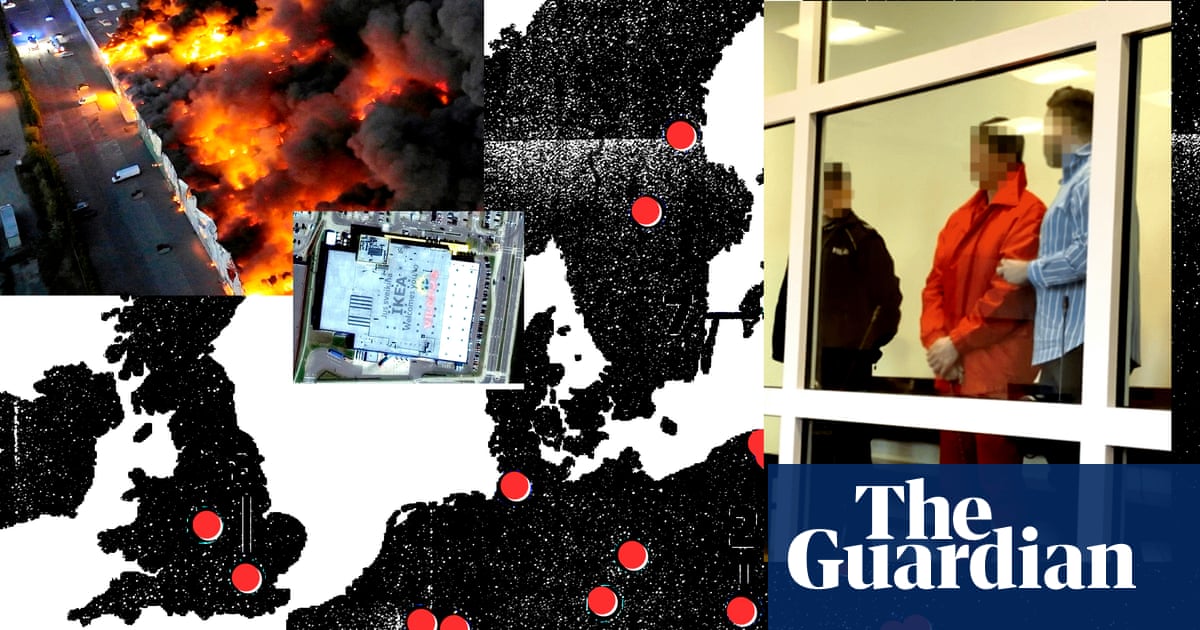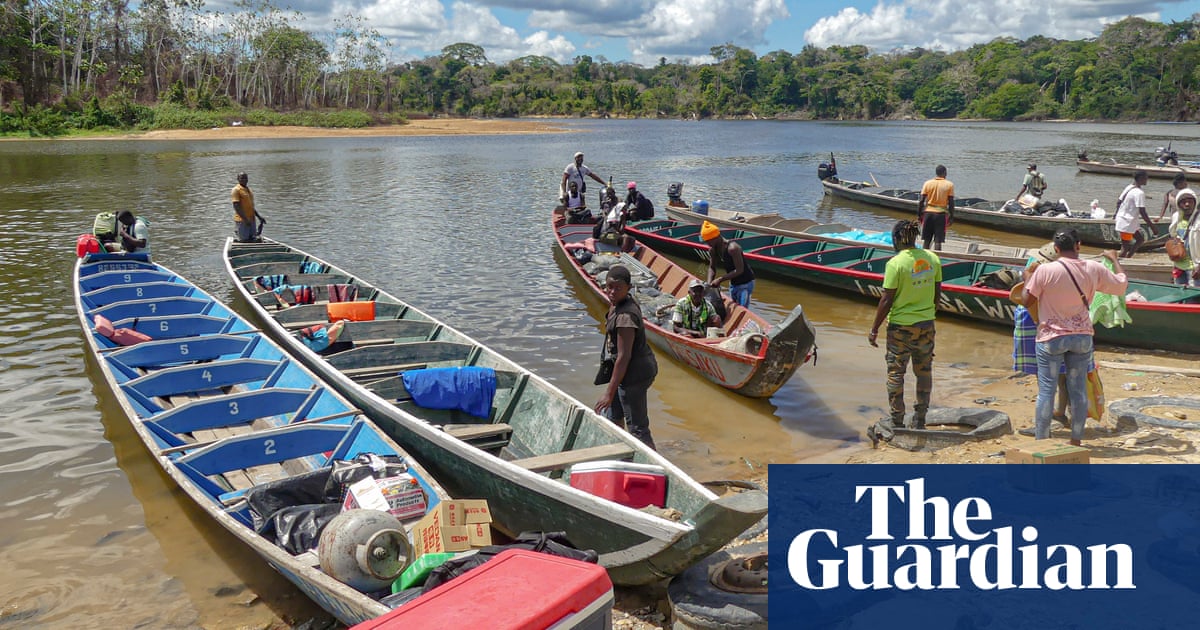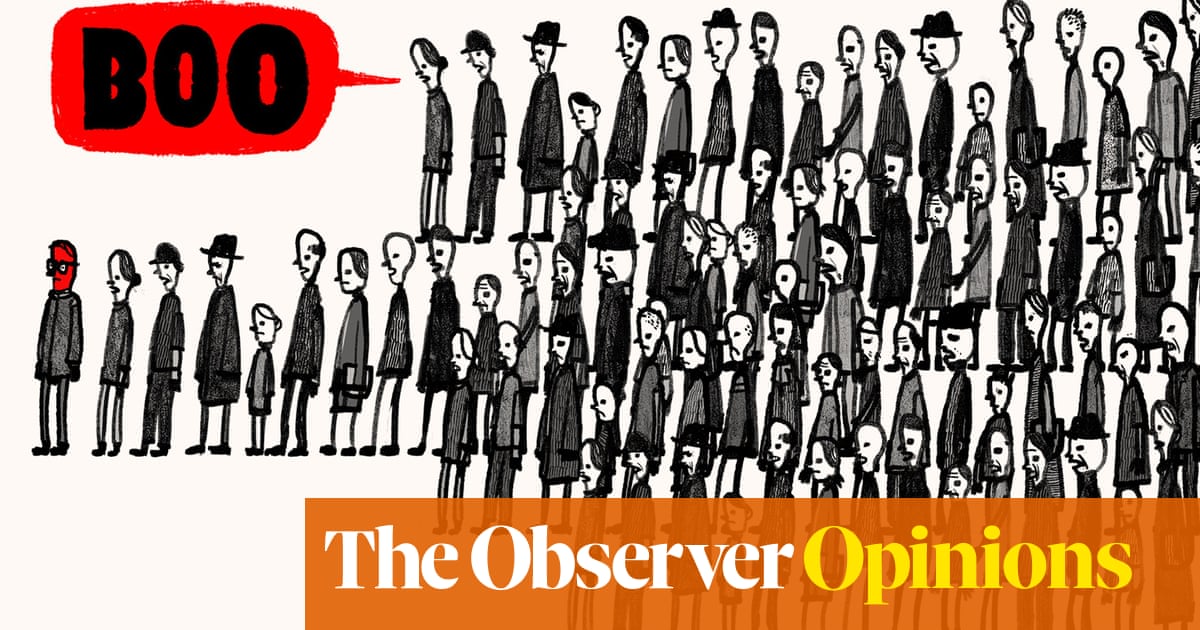On the eve of the gold rush, California was teeming with grizzly bears – as many as 10,000 of them. They were so popular that the Bear Flag Republic – a short-lived attempt by a group of US settlers to break away from Mexico in 1846 – used the animals as their mascot; an image that still adorns California’s flag.
But by the mid-1920s, the bears were all gone. The last documented sighting of a grizzly bear in California was in the spring of 1924 in Sequoia national park, a lonesome bear wandering among the trees.
Since then, an inevitable question has hung in the air: could the majestic grizzly return to the Golden state?
New research says they could. Peter Alagona, an environmental historian at the University of California at Santa Barbara who led the feasibility report, started researching grizzlies more than a decade ago. As he pored over historical maps and ecological data, he started to feel excited about the potential for the species to return. “The extinction of grizzlies in California had not been inevitable by any means, and their recovery is probably not impossible either,” he says, “even though that’s the story people have been kind of telling for 100 years.”

At 800lb (360kg) and standing 9ft (2.5 meters) tall, the bears served as a powerful symbol for Indigenous groups and California settlers alike. They were probably among the world’s biggest and most carnivorous brown bears, a group that also lives in eastern Europe and Russia. Today, fewer than 2,000 grizzlies live in the contiguous US. California could host more than 1,000 more, the study authors say.
Returning them to the state could offer numerous benefits, proponents say, including keeping herbivore populations in check, dispersing seeds, aerating the soil with their digging and cycling nutrients, which contributes to ecological diversity and health.
There are still many parts of the state that could support a robust grizzly population, the study authors say. They pinpoint three regions: the north-west forest near the Oregon border, the southern Sierra Nevada and the south-western region that includes the mountains near Santa Barbara.
Even after the animals disappeared due to conflicts with humans, large areas of their former habitat remained. And half the state is public land, making it easier to reintroduce species.
For Alagona, the prospect is an exciting change to the narrative he has grown up with. “For a hundred years, people have been saying, ah, it’s over,” he says. “But science actually shows that’s not the case.
“We’ve got the largest acreage of protected areas of any state. California still has plenty of space for one or more populations of grizzlies. I think that the question is really whether people are interested, engaged, excited, enthusiastic and willing to support this.”
The question of public support, however, could be thorny. While many residents are intrigued by the idea – a poll as part of the study showed two-thirds of Californians across both urban and rural areas supported a recovery effort – many others will undoubtedly bristle at the idea of a formidable predator living alongside their communities. Last June, the state had its first fatal bear attack, when a 71-year-old woman was killed in her home in the Sierra Nevada by a black bear.
California is home to a significant black bear population – comprising about 60,000 animals – that has thrived in the grizzly’s absence. But black bears are much more habituated to humans, and more likely to venture into towns looking for food or a backyard swimming pool to cool off in. While some towns have faced issues with bear encounters, Alagona says it’s not the fault of the bears. “Black bears are not a problem,” he says. “The way we handle them and the way we live with them is the problem.”

Grizzlies, on the other hand, try to stay away from people as much as possible. During the last 15 years, there have been only about 40 cases of human confrontations with all types of brown bears, including the grizzly, each year around the globe. There are some areas where humans and grizzlies live together, including in Alaska and Yellowstone.
And any reintroduction effort would happen slowly, over several decades, Alagona says. Officials would start reintroducing a very small number of wild-born female bears from Montana, Idaho or Wyoming into the most remote areas of habitat – probably in the southern Sierra. So it’s unlikely that Californians – even in the future – would catch a glimpse of them, unless they were in the most remote areas.
“And then you’d learn and monitor and watch and let people know how it’s going, and work with local people in the communities, to get something like this started. It would be a slow, deliberate and careful process,” Alagona says.

Melissa Wilder, wildlife program coordinator with the Los Padres ForestWatch, an organization focused on protecting public lands, says she finds the report very exciting. Bringing back top-tier predators has a positive impact on the whole ecosystem, in places from Yellowstone to South America, she says.
Beyond the environmental upshots, there would be a symbolic impact, too. Not only were the animals a keystone species in ecology, they were also essential parts of cultural practices for Indigenous groups, appearing in artwork, rituals and performances. Some chiefs even kept grizzlies as pets and gifted them to other leaders. “Native people and grizzlies had been forced to walk parallel paths,” writes Octavio Escobedo III, chairman of the Tejon Indian Tribe, in the study’s foreword. “Although California has changed dramatically over the last century, our Native cultures, stories and history remain interwoven with the grizzly, allowing us to remember and imagine what once was.”
Ultimately, it will be up to the people of California to make this feasibility plan a reality. Wilder, who was not involved in the study, remembers seeing the state flag since the time she was in kindergarten, and thinking the bear was a symbol of what was lost – a ghost relic of times gone, and a reminder of human destruction. “Instead, if we bring it back, it reminds us of a new future,” she says. “And I think we need hope right now.”

 13 hours ago
6
13 hours ago
6













































